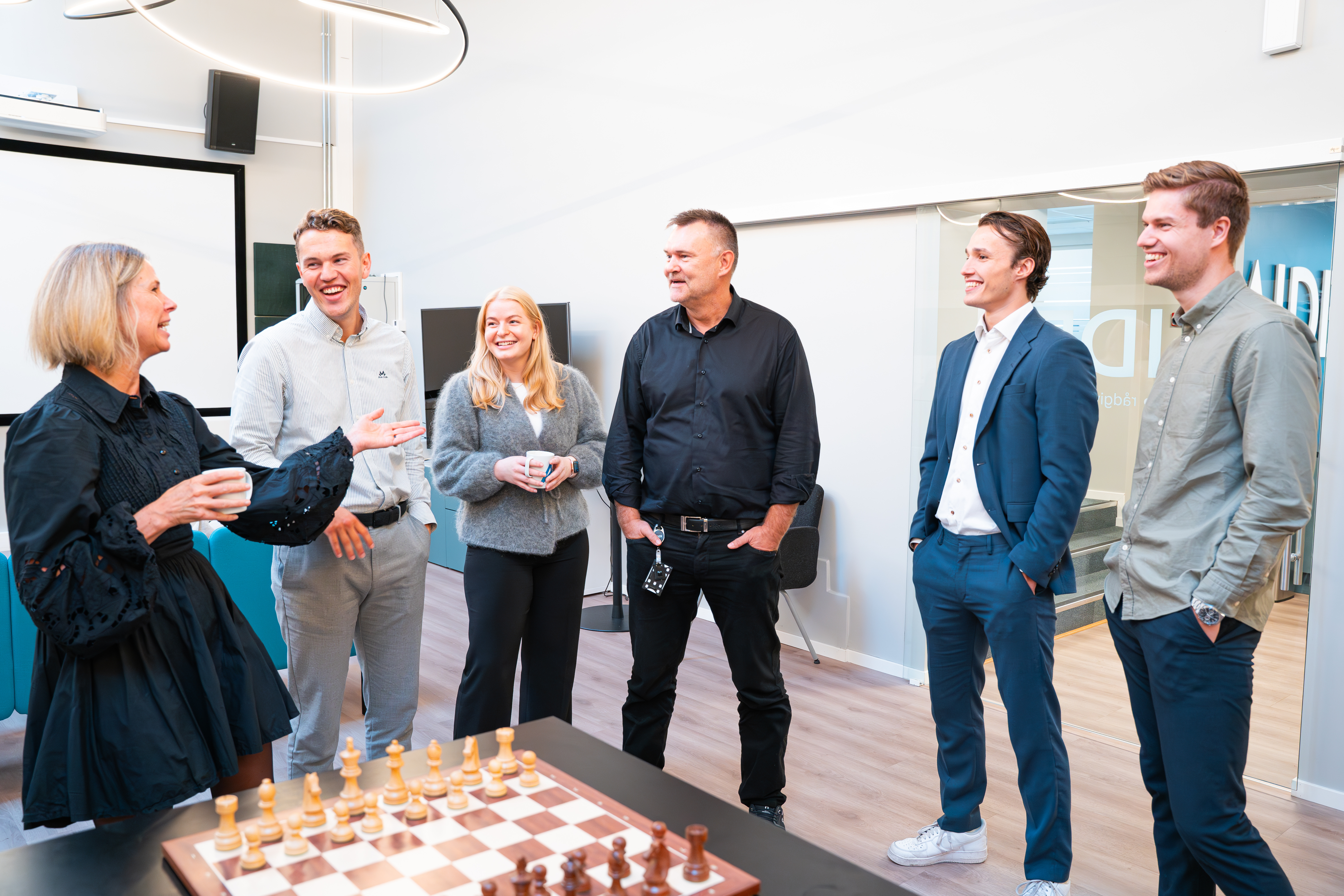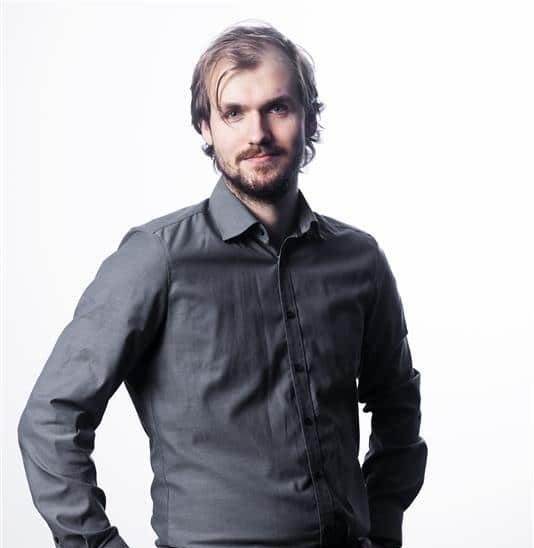Sick leave is increasing
Sick leave in Norway is at its highest level in 15 years, according to Statistics Norway. Experts point to the after-effects of the pandemic as a major contributing factor: social isolation, changes in working conditions and weaker workplace culture have made employees more vulnerable.
When psychosocial support at work disappears, the risk of stress, loneliness and mental health challenges increases – which in turn leads to higher sick leave rates.
Social sustainability and ESG
Many associate ESG with climate and governance, but the social component (S) is crucial for creating a sustainable workplace. According to Stanford professor Adina Sterling, it is high time to prioritise workplace environments – even if it comes at the expense of short-term productivity.
Inspired by Doughnut Economics and the Embedded Economy model, it is evident that companies must take a more holistic approach to employees’ mental health and wellbeing.


.jpg)
